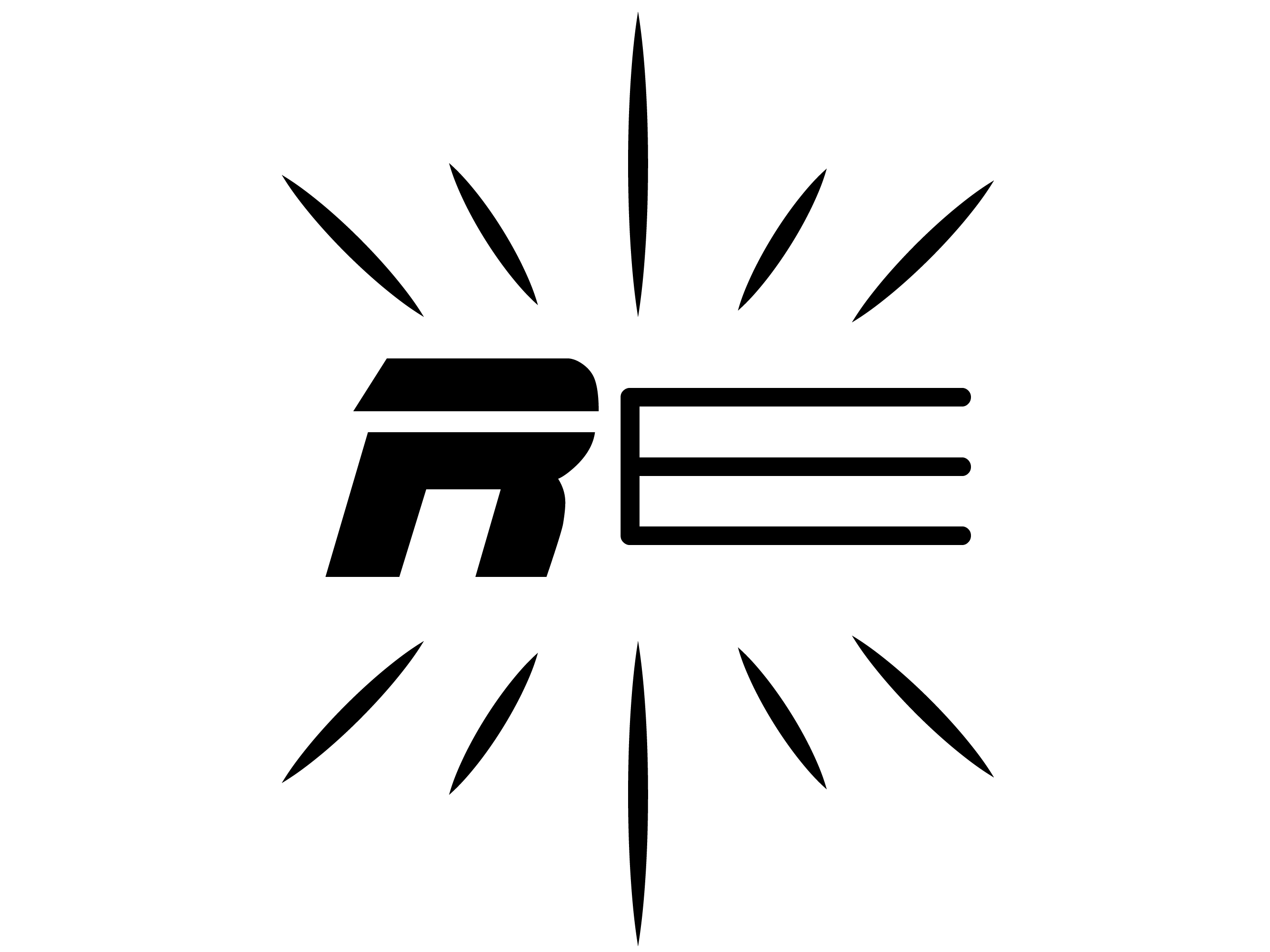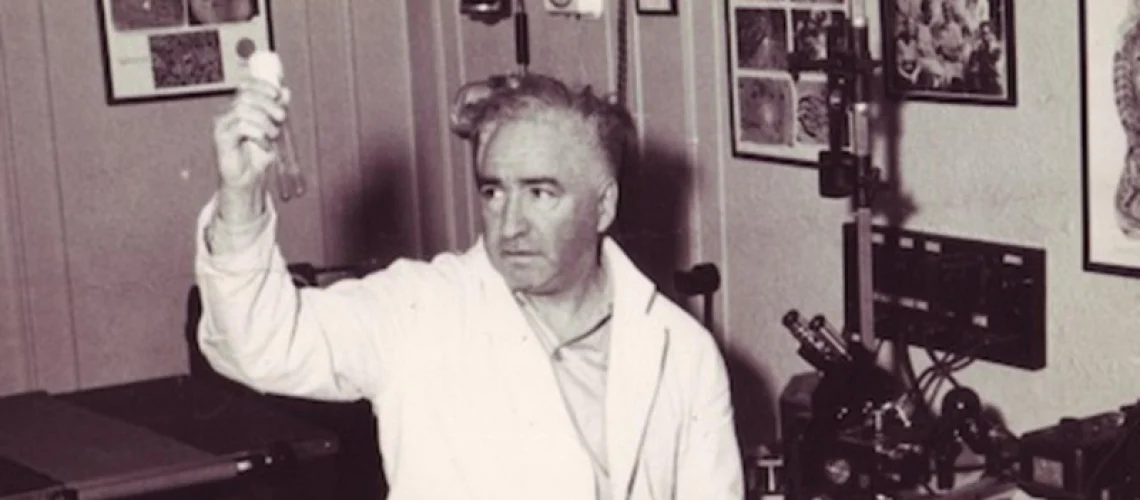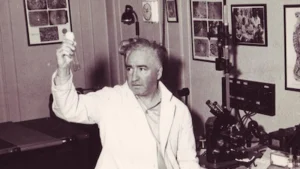Wilhelm Reich was a psychoanalyst, Doctor of Medicine, and inventor who studied under the famed Dr. Sigmund Freud. His works were wide and ranging with several books such as Character Analysis (1933) and The Sexual Revolution (1936) being two of his most influential. While many may have never heard of Reich and his work, the term “Sexual Revolution”, that he coined, should be familiar to many.
Early Life
Reich was born on March 24th, 1897 in an eastern part of the Austro-Hungarian Empire which would eventually become the Ukraine. Reich was the eldest of three children, two sons and a sister who would die in infancy. Born to farming parents his heritage was Jewish, however he would be forbidden to use Yiddish expressions or play with local Yiddish-speaking children. Until the age of 13 he would be taught by tutors. As a young child Reich would be devoted to his mother, however one of his tutors would be involved in the death of his mother. In 1910 Reich’s father discovered that Reich’s mother had a short affair with one of his tutors. This shamed her so much that she would commit suicide that same year.
Four years later Reich and his surviving brother would be left orphaned and forced to, at the age of 17, work not only the farm but continue his studies. 1914 would see not only the death of Reich’s father but also the start of the First World War. With the start of the war Reich would be forced to flee his home and he would soon join the Austrian Army in 1915.
In the army Reich would see the new, mechanized nature of warfare and he would describe his time on the Italian front as “the war [was] a machine.” Reich would serve as a lieutenant until 1918, with the end of the war Reich would find himself homeless and alone. However, he would enroll in the Medical School at the University of Vienna to allow him to find work.
Being a veteran, Reich was allowed to take accelerated courses, completing six years of work in just four. Passing all eight-teen subjects he received an ausgezeichnet, “excellent”, grade, graduating with his M.D. degree in July 1922.
Reich and Freud
As Reich continued his post-graduate studies he would work at the Neurological and Psychiatric University Clinic under Professor Wagner-Jauregg and in the Disturbed Wards under Paul Schilder. However, his most significant training would come in October 1920, when he joined the Vienna Psychoanalytic Association. Created by Sigmund Freud, Reich would quickly rise to Freud’s inner circle and would become known as one of Freud’s most gifted students.
Reich would begin a private practice as the First Clinical Assistant at Freud’s Psychoanalytic Polyclinic in Vienna. Here he would work as a therapist and would give lectures on clinical subjects as well as bio-psychiatric theory. Reich would also conduct extensive clinical work that would eventually lead him into conflict with Freud and his followers.
Freud initially postulated that neuroses are crated by conflict between societal norms and natural sexual instincts. It would be from this that Freud would call the natural sexual energy as “libido”. Reich’s clinical work would confirm Freud’s initial theories. Reich would find that the orgasm would help to maintain a kind of equilibrium and disruptions to this was found in all his patients. It would be Reich’s focus on the libido that would ultimately split the teacher and the student.
As the years progressed Freud and his other students would move away from the concept of the Libido, with Freud saying in 1925 that, “the libido theory may therefore for the present be pursued only by the path of speculation.” Reich for his part would reject this move away from Libido and form conflicting ideas with Freud and his students. Freud would come to the opinion that conforming desires to the culture around the patient was more important in treating neurosis. Reich disagreed, taking a more radical approach. Instead, Reich proposed that society instead needed to change to accommodate the needs of people and accept them for who they are and their desires. It would be this, ahead of his time, view that would put him at odds with Freud.
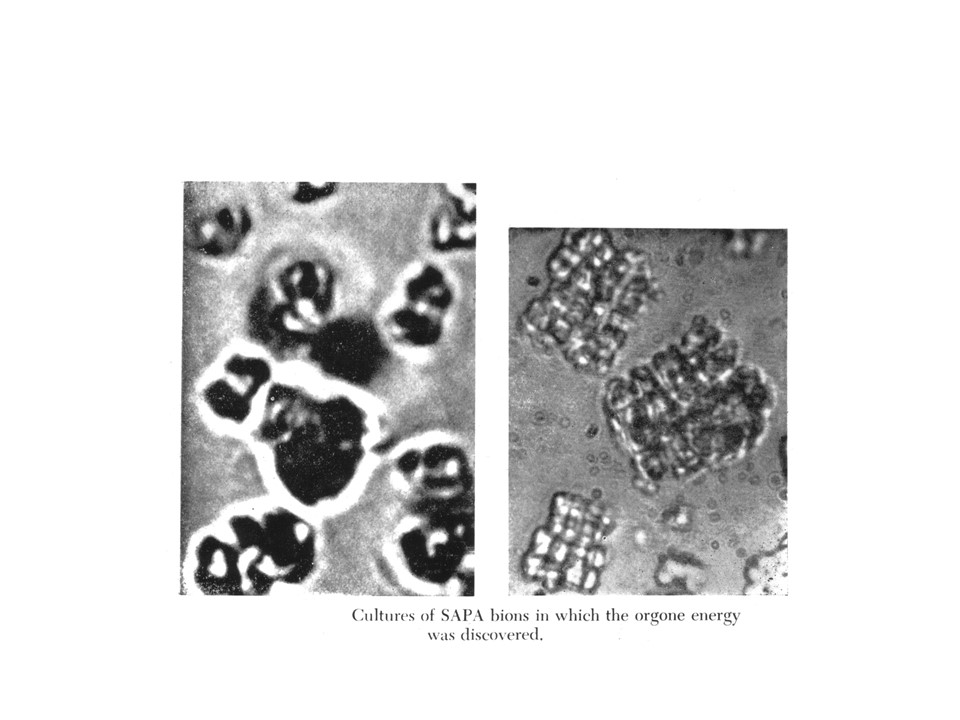
Reich's Discovery of Bions
Reich would continue his work, reaching out to working class people and attempting to educate them about sex. He would have a total of six clinics around Vienna and through these clinics Reich estimated that he helped roughly fifty thousand. However, in his outreach efforts he would come into contact with Socialist and Communist groups and become more and more involved in politics. Reich would come to oppose the rise of the Nazi Party in Germany, again, putting him at odds with the International Psychoanalytic Association, who expelled him in 1934. His Communist ties were also strained and prior to his expulsion by the IPA, the Communist Party of Germany would denounce him in 1933. Owing to his focus on sexual health and the topic of sex in general which he based much of his work.
These events would eventually force him to leave Germany and move to Scandinavia. In Oslo he would continue to lecture and conduct his research. It would be here that Reich would first find Bions and begin his work with Orgone energy. Reich would find a charge on the surface of his subjects’ skin. This would move towards the center of the body when anxiety was induced and towards the extremities with pleasure. Initially his hypothesis was that this energy was electrical, however what he recorded was a slow wavelength, not the rapid one of electromagnetism.
Reich would also conduct experiments with grass, blood, sand, and other materials under specific conditions. He found that they would degrade into what he would come to call Bions, or “life” in Greek. These Bions, and the radiation that they emitted did not seem to obey any of the previously established laws of physics. Reich would call this energy Orgone, since his studies into sex and the orgasm had led him to discover this new kind of energy.
However, when he published his findings his methodology and his conclusions were widely challenged by the scientific community at large.
Early Work With Orgone
With this newfound ridicule, as well as the looming Second World War, Reich would resolve to move to the United States to continue his work. With the help of Theodore Wolfe, an American Doctor of Psychology, he would secure his immigration to the United States and a new position at the New School for Social Research in New York.
Reich would continue to teach and lecture at the New School, however, he would continue his work with Orgone. Reich found that the energy would be attracted by non-metallic materials while metallic ones would reflect it. Reich would develop the first of his Orgone accumulators using these principles a box with alternating layers of organic and metallic materials, with the innermost being metal. Observing the interior of the box with a specialized lens he found that the Orgone energy would accumulate, even without the presence of Bions.
In the summer of 1940 Reich would find that the environment of New England would be more conducive to his work and he would move into a home on Mooselookmeguntic Lake. He continued his work and started to verify his findings. Reich found that the boxes that he created not only exhibited a marked increase in internal temperature verses the surrounding atmosphere, but a lower electroscopic discharge rate inside of the box as well. Reich would go so far as to attempt to verify his findings with the help of Albert Einstein. However, much like when he published his previous findings about Bions, his work was met with ridicule and derision. Einstein, for his part, did examine the Orgone Accumulator, however after ten days working with the box, Einstein concluded that there was nothing remarkable about the accumulator, once one of Einstein’s assistants pointed out that the temperature gradient could be caused by the room being warmer at the ceiling than on the floor.
From Reich’s previous work he surmised that Orgone could be used against bacteria and cancer. Reich would have some promising results with fighting cancer in mice and quickly took on several terminal patients. Reich constructed larger version of the accumulators so that a person could sit inside them. While he did note improvement in their overall condition, it failed to prevent them from succumbing to the disease in the end.
Again, when he published his findings he was met with criticism and would loose his position at New School. Yet this was not the end of Reich’s troubles in the early 1940’s. In 1941 he would find himself arrested by the FBI accused of being a Communist sympathizer. However, it was a case of mistaken identity and he would be soon released; however, it would take two more years before the FBI finally removed him from the Enemy Aline Control Unit’s list of key figures.
The Cloudbuster
With the loss of his position, he relocated to a farm in Maine, joined by a number of his students. He resolved that cancer was not caused by the tumors themselves, but was a creation of a deeper disorder related to underlying causes.
Reich would christen the new property as Orgonon and built out a Student Laboratory on the 160-acre property in 1945. By 1947 he would find that there was a physical force to the latent Orgone energy in the atmosphere. Yet Reich continued to be hounded by problems, while his short lived Orgonomic Infant Research Center would be shut down after accusations of impropriety by the staff, Reich would find that he had other, more powerful detractors.
An article written in 1947 by Mildred Edie Brady in New Republic magazine implied that Reich’s theories were potentially fraudulent and dangerous. This article would spark attention to his work, arguably not simply because of his claims about what the accumulators could do, but because of Reich’s still radical ideas on sex and sexuality in the still prudish America of the mid 1900’s. The FDA would begin to investigate Reich’s claims about his Orgone accumulators and what Reich and his students were doing with them.
Reich would continue his work and develop what he called Cosmic Orgone Engineering (C.O.R.E.). This involved using his designs to manipulate Orgone energy in the atmosphere to create and disperse clouds. He would have his most notable success with the “Cloudbuster” device when in 1953 farmers in Maine commissioned him to save a blueberry crop. The test was reported to be scucessful and it rained despite the Weather Bureau’s forecast for no rain.
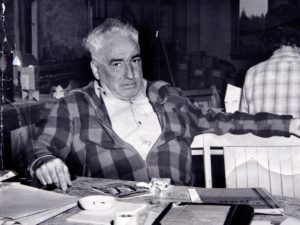
The FDA and Reich
However, the next year the FDA’s investigation would finally come to a head after years of investigation. The FDA filed for an injunction against Reich. They wanted to prohibit him from selling accumulators and any published materials related to them. Reich would attempt to represent himself in court, but his long and rambling response was not considered to be a valid legal response. Judge Clifford, not accepting Reich’s defense ruled as if there had been no response opposing the injunction. Yet, Judge Clifford went far beyond what the FDA initially asked for. Reich found himself ordered to destroy all Orgone Accumulators and their parts, burn all instructional materials on the accumulators, and finally banned the sale of all of his books, even those that were not ostensibly about Orgone.
This arguably trigged a rapid mental decline in Reich. Reich would rant about HiGS (hoodlums in government), calling his detractors fascists, and would appeal to “friends in government” such as President Eisenhower. Reich would travel to Arizona during this embattled time and fought what would be called a “full-scale interplanetary battle” with what he called “energy alphas that would emit streams of deadly “black” Orgone energy.
While Reich was away from his home and laboratory in Maine, on his way to Arizona, one of Reich’s students, Michael Silvert, would send a part for an accumulator through the mail, directly violating the court order. This would lead to both Silvert and Reich being charged with contempt of court and found guilty. Silvert would be sentenced to just over a year, and Reich would be sentenced to two years and his foundation was fined $10,000.
In 1956 Reich would be forced to destroy all of his accumulators and see six tons of his published books, papers, and journals all be incinerated. 25,198 books were known to be burned; however, this was just a fraction of the total books burned. Books that were only supposed to be banned from sale were lumped into the mass that was burned. This act by the FDA and the courts is noted as one of the worst examples of censorship in United States history.
On March 8th, 1957 Reich would sign his last will and testament before being incarcerated. His will would establish the Wilhelm Reich Museum and the Wilhelm Reich Infant Trust Fund, both still in operation today. Reich would pass in the Federal Penitentiary in Lewisburg, Pennsylvania of heart failure, on November 3rd, 1957 at the age of 59. Reich would be buried at his home in Maine and his Mausoleum remains to this day flanked by a Cloudbuster.
While his legacy remains largely decried by most in the established scientific community. Reich’s work remains influential. His ideas on sexuality would eventually become more widespread and the “sexual revolution” would indeed happen into the 60’s and 70’s. Esoteric explorers and seekers of deeper knowledge use his work to better understand the subtitle and divine nature of the world. Despite his persecution and mental decline later in life, his work continues to help people the world over.
